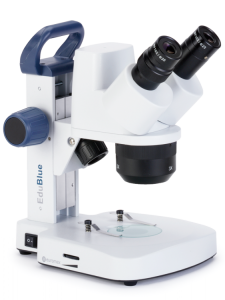PISA (the Programme for International Student Assessment) is a study promoted by the Organisation for Economic Co-operation and Development (OECD), the last of which took place in 2015. For the Pisa Study the tasks in natural science were set up in the following form: Experiments were simulated and students were stimulated to look out for creative, new solutions. The results showed that expert knowledge is the strong point in Germany, for example. Internalizing scientific concepts and methods, while dealing with these concepts in a creative way appears to be more difficult for German pupils, for example, than for Asian children. This lack of creativity correlates with the statement that juveniles find natural sciences, neither particularly significant nor attractive, even if they perform very well in such subjects.
According to information issued by employers, in October 2016 a significant number of critical STEM (Science Technology Engineering and Maths) jobs will remain unfilled by skilled employees. Making instruction more exciting and scientific can achieve an improvement in STEM vacancies. Schools must therefore approach technical standards and teach the currently valid scientific methods. Juveniles of today have grown up in the digital world. But in the schools they are confronted with analogue scientific equipment from the last century.
On the one hand, this situation leads to demotivation, and on the other hand it gives the pupils a false impression of procedures used in modern science. The intensive development of already existing digital competences would be of utmost importance, because scientific work calls for the linkage of various programs for evaluation, processing and documentation of results. Scientific trials in schools should therefore also comprehensively illustrate this process. Some microscope manufacturers have realized this fact and developed simple, robust digital microscopes. For primary schools there are reasonable, excellent hand microscopes available, which are most suitable for outdoor use.
For the examination of materials, stereo microscopes with an integrated camera are the best choice. Pupils in the upper secondary use high-resolution, digital microscopes for their experiments. In combination with a PC, these microscopes enable a complete trial run with adequate documentation.
All microscopes are delivered with the corresponding software to control photography and further processing of the documented images. Providing a school with modern equipment is a major investment, which, in many cases, cannot be covered by the school budget. Should employers, who are desperately looking for experts in the STEM subjects, pay out of their own pockets?
| Upright microscopes | Motic | RED50X 40x- 400x; DM-5240x-400x; DM-111 40X – 1000X, monokular |
| Euromex | EcoBlue Series: 40x – 400x; 40x – 600x; 40x – 1000, monocular | |
| Euromex | BioBlue Series: 40x – 400x; 40x – 600x; 40x – 1000X | |
| Optika | B-150: 4x – 400x; DM-5UP : 40x – 400x , monocular | |
| Stereo microscopes | Euromex | EduBlue: 10x – 40x |
| Hand microscopes | Omegon | Omegon DigitalView USB-Hand Microscope |
| Euromex | Q-Scope: 200xSeveral models | |
| Bresser | USB-Hand Microscope incl. LED Stand |


